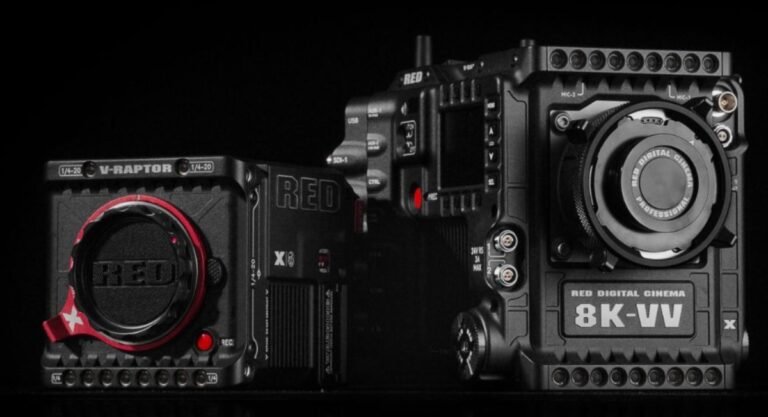Have you ever heard of Oakley sunglasses? The guy who founded it – Jim Jannard – became a billionaire after selling a lot of sunnies, then went on to found RED digital cinema, one of the first major brands of digital cinema cameras. Today, Nikon Corporation announced its agreement to acquire the camera maker, making it a wholly owned subsidiary of Nikon Corporation.
Founded in 2005, the company was a response to TV and film cameras caught between a rock and a hard place: digital production workflows were becoming increasingly popular, but other digital camcorders on the market just weren’t cutting it. quality for television advanced and low film productions. The company’s goal was to create a 4K digital cinema camera that was both innovative and relatively affordable — a huge leap from the prevailing 2K standard at the time.
The RED company set out to develop a sensor that could match the high quality of DSLR cameras (especially in low light) without compromising on frame rate. The physical size of this sensor was comparable to analog film, bridging the gap between digital and traditional film production. The first results were presented at the 2006 NAB Show, where Jannard announced the RED One camera, immediately catching the attention of the industry and opening for pre-orders. The camera’s capabilities were further demonstrated in 2007 by director Peter Jackson’s short film ‘Crossing the Line’, shot with original RED One cameras. This short film convinced director Steven Soderbergh to shoot his film Che with RED technology, marking a major milestone in digital cinema.
Once the camera began shipping in earnest in August 2007, RED quickly became the camera brand that transcended television and film production, and many of us who followed the photography industry early on became very excited about the camera. This was the first truly usable digital video camera to shoot in raw video formats (giving much more leeway to the editing process) and combining this with compression algorithms that made the huge amount of data produced by the camera manageable.
Despite Jannard’s retirement in 2013, RED’s legacy of innovation continued under the leadership of Jarred Land. The company’s cameras became a staple in the film industry. The company’s cameras were used to film more than 25% of the 100 highest-grossing films shot on digital video in the US shot on digital video as of 2016.
Nikon’s acquisition of the camera brand is monumental and strategically extremely shrewd: Canon has long had a firm foothold in the industry with the C series camerasand Sony’s cine series cameras have been industry stalwarts, while Fujifilm — Well, you can’t walk on a movie set for long before you stumble upon one of their offerings.
RED cameras are a logical and important addition to the Nikon brand — it will be interesting to see what RED can do when backed by a Nikon budget.
